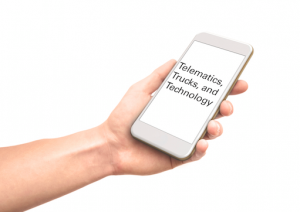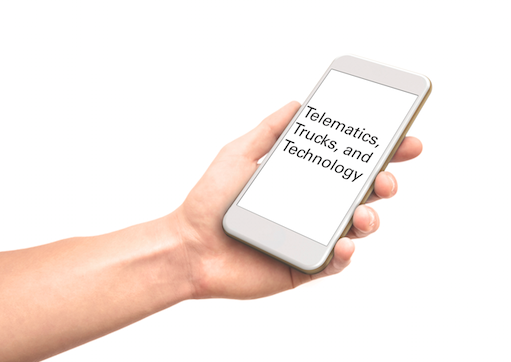 THE call. The one we dread the most. The “where’s my stuff?” call. Be it after five minutes or 50, our customers want to know where the delivery driver is with their parts. For years, the stock answer has been “on the way,” or “should be there any minute,” but how do we really know that to be true?
THE call. The one we dread the most. The “where’s my stuff?” call. Be it after five minutes or 50, our customers want to know where the delivery driver is with their parts. For years, the stock answer has been “on the way,” or “should be there any minute,” but how do we really know that to be true?
UPS can tell us, via their tracking numbers, each location and time that an individual parcel has been passed to the next step in the delivery process. UPS can even estimate their delivery dates days ahead of time. On a much smaller scale, we all have the same capabilities. We can tell the customer what time their parts were ordered and billed, what time they left the building and estimate the average time until delivery. But UPS and other large logistics companies take this kind of delivery monitoring one step further. These companies track individual vehicle information and driver movements with the use of telematics.
Telematics is the use of a technological device to transmit information over long distances, and these days that means wirelessly. Your own delivery fleet may already make use of GPS map technology, and for better or worse, your drivers likely have a cell phone in their hands right now. These technologies allow them to find their way around even in unfamiliar territory, and you can reach them more efficiently than ever before. Advanced OBD-II telematics, however, can offer you much more information about the delivery, the driver and even the vehicle itself!
Some insurance companies use a basic version of OBD-II telematics to monitor their customers’ driving habits. Information on vehicle speed, distances traveled and panic stops can all be used to assess a driver’s insurance risk, and calculate their premiums. Live OBD-II telematics give the OEMs (and their dealer network) access to similar customer information, including vehicle usage, odometer readings, as well as fault code diagnostics, vehicle location and security monitoring. These parameters can be used to generate both goodwill and profits, as OEMs attempt to drive business back to the dealer network by keeping tabs on each vehicle they sell and service.
The small-to-midsized fleets of both independent and chain auto parts organizations can benefit from access to this same kind of information. Equipping each delivery vehicle with an OBD-II transmitter can offer the store owner or fleet manager a window into the driving habits, location and efficiency of their delivery personnel. The “it’s on the way” response can be replaced with a more accurate accounting of the driver’s position and ETA. Analyzing delivery times, routes and driver performance can be easily accomplished with the software that accompanies these transmitters. Most systems are even compatible with iOS and Android devices, so the information is readily available for busy managers on the fly.
Vehicle maintenance is another important aspect of OBD-II telematics monitoring. Live data from each delivery vehicle not only allows the fleet manager to schedule mileage-based services such as oil changes and tire rotations, but also alerts the manager to pending fault codes and check engine lamp status. Fuel economy statistics, mileage and trip monitoring can also provide useful information on the efficiency of each vehicle.
Having the equivalent of a basic scan tool attached to individual vehicles also may have benefits to your independent service customers and fleet accounts. Many sophisticated scan tools already utilize wireless technology right in the service bay. Vehicle telematics devices linked to the servicing shop can provide individualized information similar to the information the OEMs are already using to generate car counts. Duplicating the conditions of a customer’s complaint, especially an intermittent problem, can be frustrating and time-consuming. Remote access to vehicle operating data and fault code information also can save a shop owner time and labor by allowing the consumer to perform extended “test drives” that more closely match their usual routine.
The use of telematics information can be scaled and repurposed to nearly any size operation, and has multiple applications as a management tool. The cost of labor, fuel and maintenance are all controllable expenses that may be easily managed with the available technology. The use of telematics also may increase sales when used as a customer service tool, or in the case of mobile diagnostic devices, another source of revenue from hardware and software sales.








